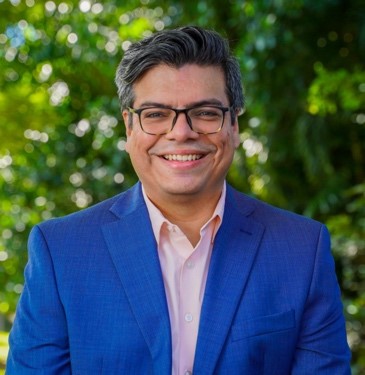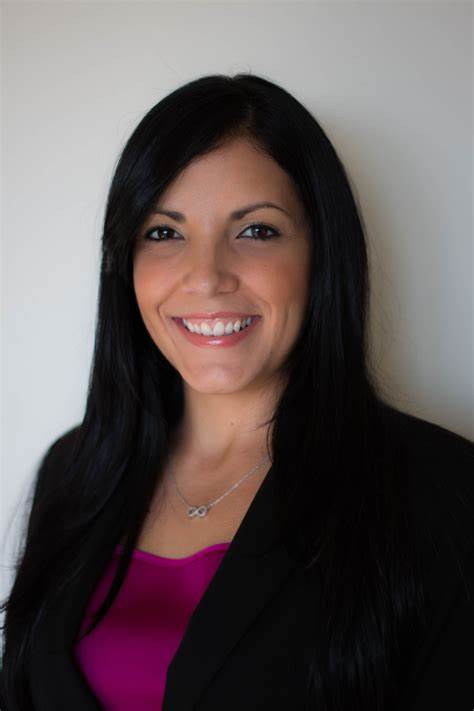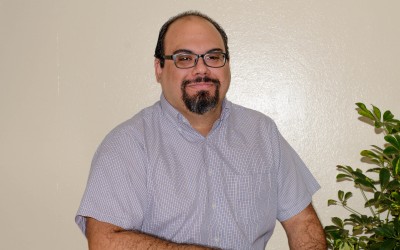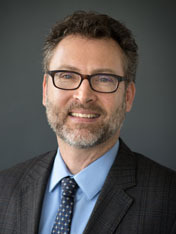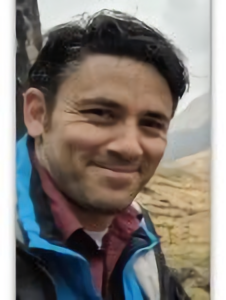IRT3:
Active and Reconfigurable Colloidal Soft Matter Interfaces focuses on the issues of formation of nonequilibrium colloidal materials based on anisotropic and structured fluids. This IRT has taken the challenge of understanding the non-equilibrium behaviors of active colloids in complex fluids such as LCs has the potential to yield new approaches for the design of hierarchically structured and multifunctional colloidal materials for separations and catalysis.
Goal:
The main objective of IRT 3 is to understand how anisotropic and structured fluids, such as liquid crystals (LCs), impact dynamic behaviors of particles, and to study the interactions of LCs with nano- and microparticles to determine the impacts of LC-mediated interparticle interactions on both individual and collective behaviors of the particles.
IRT 3 is divided in three groups:
Dynamics of Active Particles in Anisotropic Media
Team: Dr. Córdova, Dr. Abbott, Dr. Acevedo, Dr. Spagnolie and Dr. Graham
Scalable Synthesis of Active Colloids Templated from Liquid Crystals
Team: Dr. Córdova, Dr. Abbott, Dr. Acevedo and Dr. Graham
Emergent Collective Behaviors of Active Colloids
Team: Dr. Spagnolie and Dr. Graham
Role of Partner Institution: Collaboration with UW-Madison has been critical for advancing the research within IRT 3.
Based on PREM-supported research, Acevedo-Velez submitted and was awarded the NSF EPSCoR Research Fellows grant to expand the collaboration with David Lynn beyond the PREM, with a new collaborator at the Department of Chemical and Biological Engineering (Sean Palecek). The project initiated in May 2024; graduate student Oñate-Socarras and Acevedo-Velez are spending time at UW-Madison this summer to work on this research. Acevedo-Velez and Lynn are working with other faculty members at UW (Victor Zabala, Reid Van Lehn) on strategies for future collaborative proposals and projects to support the research beyond the PREM project. [6] In addition, Rodríguez-Mendez is participating as an REU student at the Lynn lab this summer.
Tafur-Ushiñahua visited the Graham group at UW-Madison during the summer of 2023 to work on a collaborative project around understanding the breakage of Janus particle clusters under shear. Tafur-Ushinahua has access to a remote cluster provided by the Graham group at UW-Madison for the development of simulations that allow the continuation of the research project, Janus particle clusters under shear.
Accomplishments:
In Year 6, IRT 3 accomplished two (2) peer-reviewed publications, twelve (12) research presentations, one (1) awarded proposal, and three (3) summer REUs at UW-Madison.
References:
- Piñeres-Quiñones, O.H.; Oñate-Socarras, M.K.; Wang, F.; Lynn, D.M.; Acevedo-Velez, C. (2024) Langmuir 40, 3923.
- Miller D., Wang X., Abbott N.L. (2014). Chem. Mater. 26, 496.
- Lin, I.-H.; Miller, D. S.; Bertics, P. J.; Murphy, C. J.; dePablo, J. J.; Abbott, N. L. (2011) Science 332, 1297.
- Piñeres-Quiñones, O. H.; Lynn, D. M.; Acevedo-Vélez, C. (2022) Langmuir. 38, 957.
- Piñeres-Quiñones, O.H. Lynn, D.M.; Acevedo-Vélez, C. Liquid Crystal Emulsion Stabilized by Nanoparticles. US non-provisional patent application Number 17/903,434.
- Wang F., Quin S., Acevedo-Velez C., Van Lehn R., Zavala V., Lynn D. (2023) ACS Applied Materials & Interfaces15, 50532.
